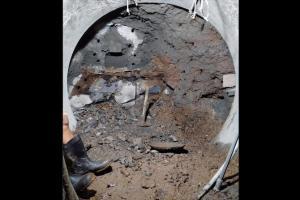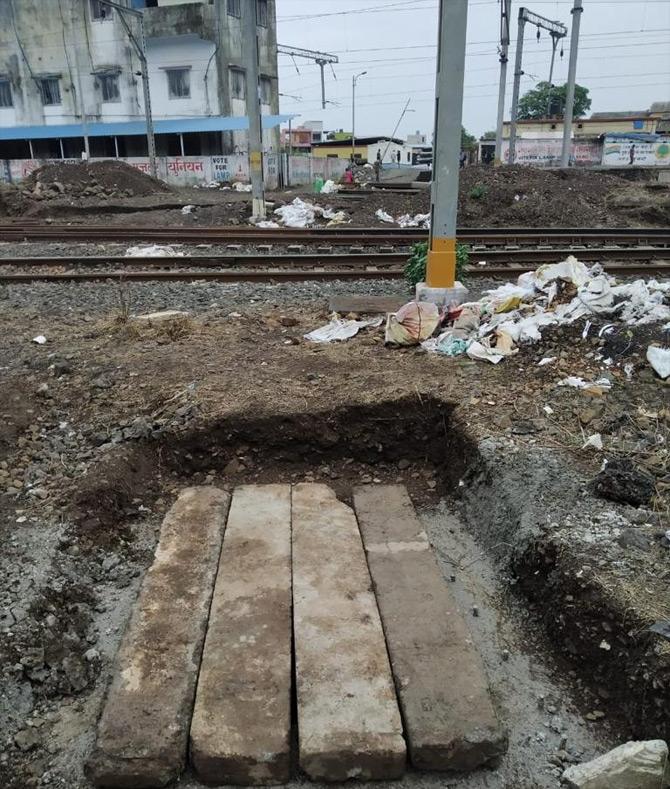Disposal of ash was a strenuous job and was carried out regularly. Old photographs from the archives show it was not uncommon to find piles of ash scattered around the depot site

Engineers from Central Railway were surprised when they stumbled upon mounds of ash from century-old steam locomotives that had gathered overages.
ADVERTISEMENT
Steam engines of the Great Indian Peninsula Railway, now called Central Railway, used to use coal or wood for fuel. When a steam locomotive used to arrive at a shed or its resting place, it would drop its fire, cinders and ash that had built up during the running and it would be removed.
Disposal of ash was a strenuous job and was carried out regularly. Old photographs from the archives show it was not uncommon to find piles of ash scattered around the depot site. Kasara was once a major steam depot for powerful engines that needed to climb and get down the steep Ghat sections.

Black and white picture from Kelland Collection. These type of engines were used at Kasara
"We were trying to find a solution to the water problem and it was a challenge of a different type. Kasara yard was getting flooded every year due to insufficient outlet for excess water. The wall of platform one was acting like a dam and thus the water was getting accumulated in the down yard," a senior divisional engineer said.
"The work was taken up after witnessing flooding last year. There were a lot of hurdles. In some portions, it was difficult to cut the hard rock, while some portions were filled with ash. Where track was settling, we had provided rail cluster and also imposed caution orders during execution. Our goal to finish the work before the monsoon begins was accomplished," he added.

The spot where mounds of old steam engine ash were found at Kasara railway station
Now, most of the water will go underneath two platforms and 10 tracks and will not get accumulated in the yard. "The steep climbs of Ghat section demanded very tough operations and even now banker engines are required to push trains uphill and bring them downhill with enough braking power. The days of steam must have been very difficult and in those old processes, mounds of steam ash had been deposited here," an official said.
Elaborating about the project, Central Railway's chief public relations officer Shivaji Sutar said, "As part of the monsoon preparedness, we have provided 1.8 metre diameter pipe by micro-tunneling technique at Kasara yard on northeast line. Despite many challenges, we have successfully completed the work and this will prove a big turning point in improving the operational efficiency and safety of track in the coming days."
Catch up on all the latest Crime, National, International and Hatke news here. Also download the new mid-day Android and iOS apps to get latest updates.
Mid-Day is now on Telegram. Click here to join our channel (@middayinfomedialtd) and stay updated with the latest news
 Subscribe today by clicking the link and stay updated with the latest news!" Click here!
Subscribe today by clicking the link and stay updated with the latest news!" Click here!






